The world as we know it is full of weird and wonderful wildlife. Despite this abundance of fascinating creatures, the world used to be even busier.
We have good records of species that were once with us relatively recently but are sadly no longer around. Here are a few of the more of the interesting ones.
Dodo
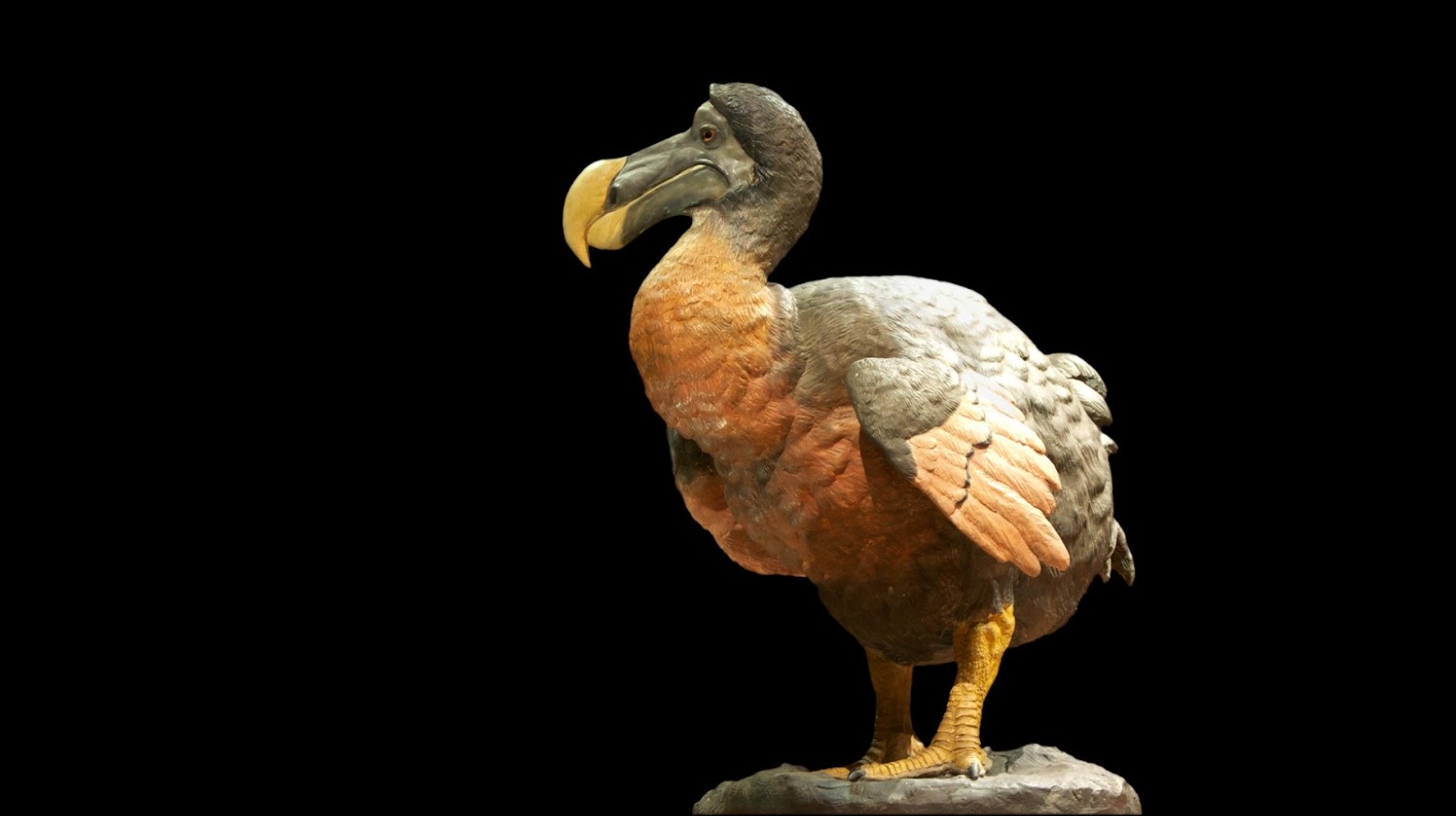
We’ll start with perhaps the most famous recently-extinct animal: the dodo. This flightless bird from Mauritius had no natural predators and was therefore not weary of humans as it fearlessly approached visitors.
Unfortunately, this made them easy targets for human hunters. Extensive hunting by sailors, along with the introduction of invasive species to its delicate island ecosystem, led to the rapid extinction of the dodo by the late 17th century.
Falkland Islands Wolf

Similarly, the Falkland Islands Wolf, also known as the warrah, was the only mammal native to the Falkland Islands. It was not too wary of humans with a gentle nature that made it vulnerable to hunters.
Considering the species a threat to livestock, hunters irradicated the warrah by the late 1800s. Interestingly, Charles Darwin predicted the immediate extinction of the species on a visit to the Falklands in 1833, noting the unsustainable hunting taking place.
Passenger Pigeon
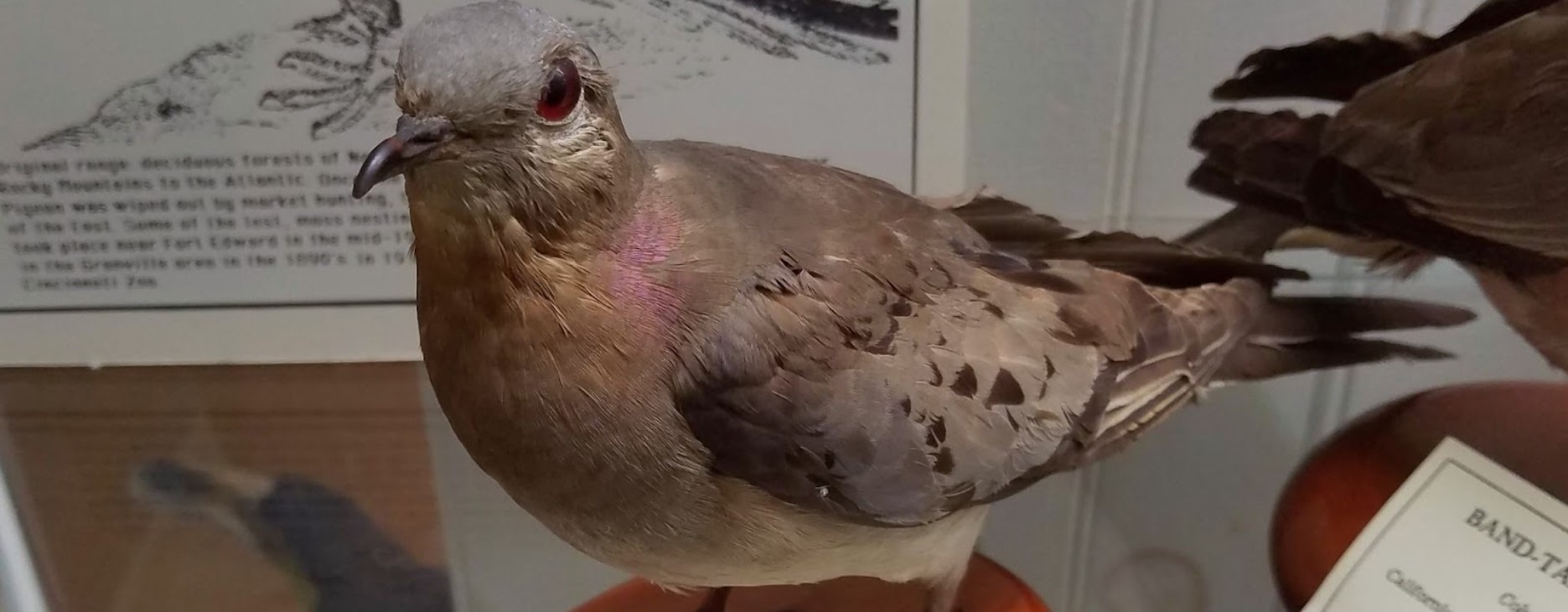
The passenger pigeon was once the most prevalent bird in North America. Flocks were so large they were reported to darken the sky.
The passenger pigeon’s extinction is again sadly a tale of how humanity can impact nature. Agricultural expansion and industrial-scale hunting of the bird destroyed their populations. The last known passenger pigeon died in the Cincinnati Zoo in 1914.
Haast’s Eagle
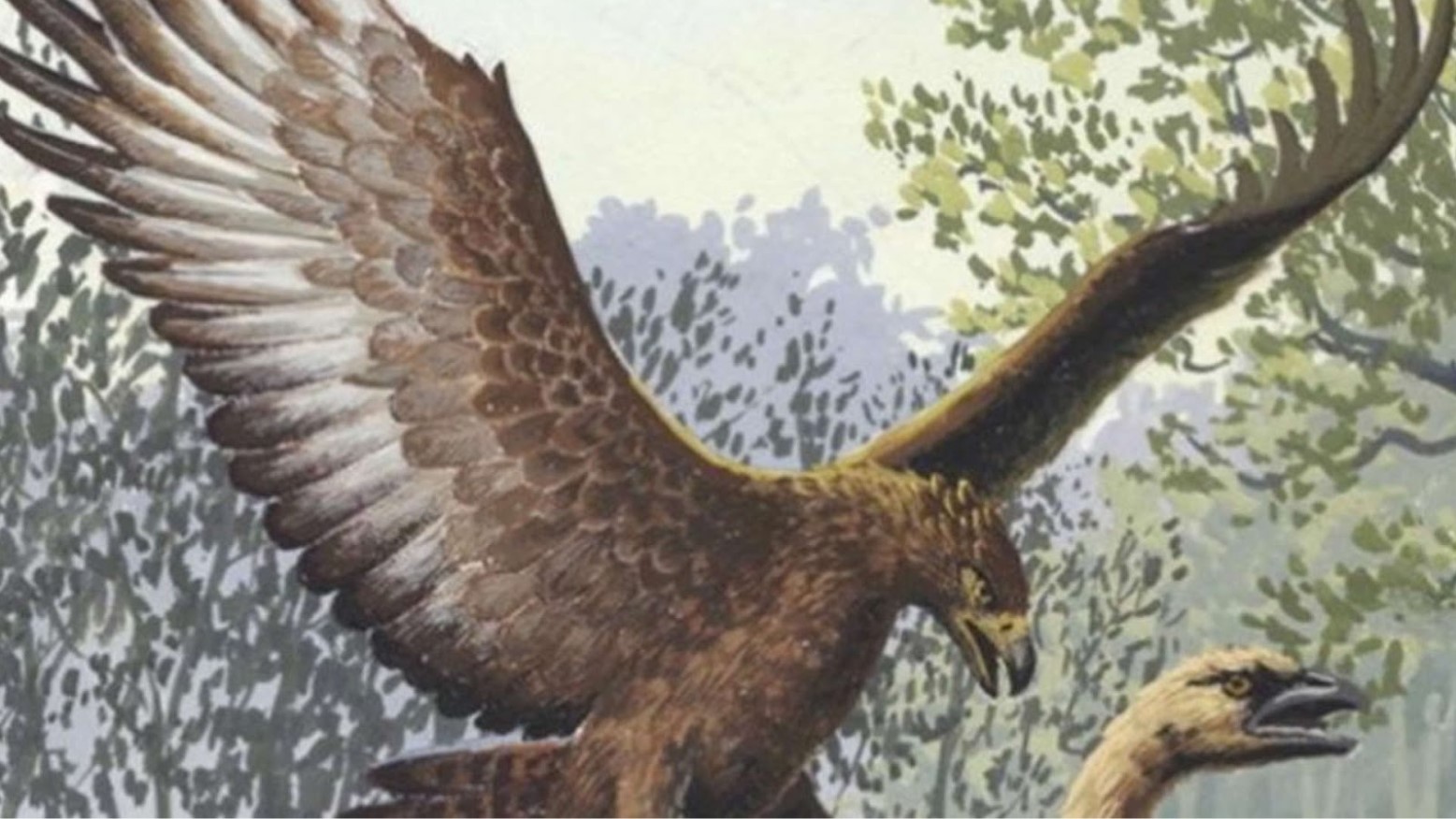
Haast’s Eagle was the largest eagle known to exist. Once native to New Zealand, the eagle rapidly declined in population before becoming extinct around the year 1400.
The reason was the overhunting of the moa by humans — the flightless bird that Haast’s Eagle primarily preyed upon — leading to the moa’s extinction. A cascade of effects in the ecosystem eventually wiped out Haast’s Eagle as well.
Tasmanian Tiger
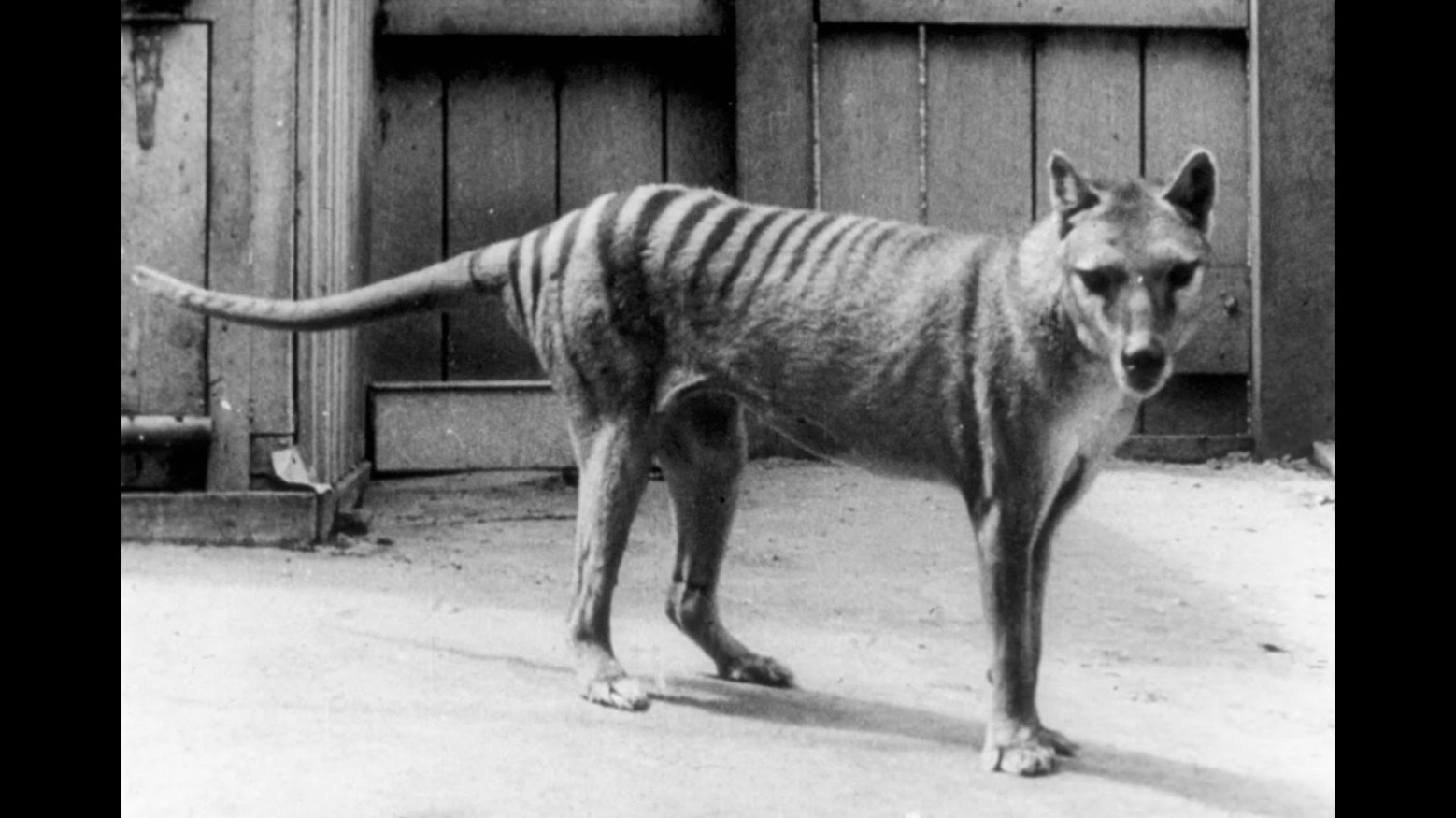
The Tasmanian Tiger, or thylacine, was a carnivorous marsupial that looked a bit like a large, striped dog. It was native to Tasmania, mainland Australia and New Guinea.
Rigorous hunting of the species and habitat destruction led to its extinction. The last known Tasmanian Tiger died in captivity in 1936.
Quagga
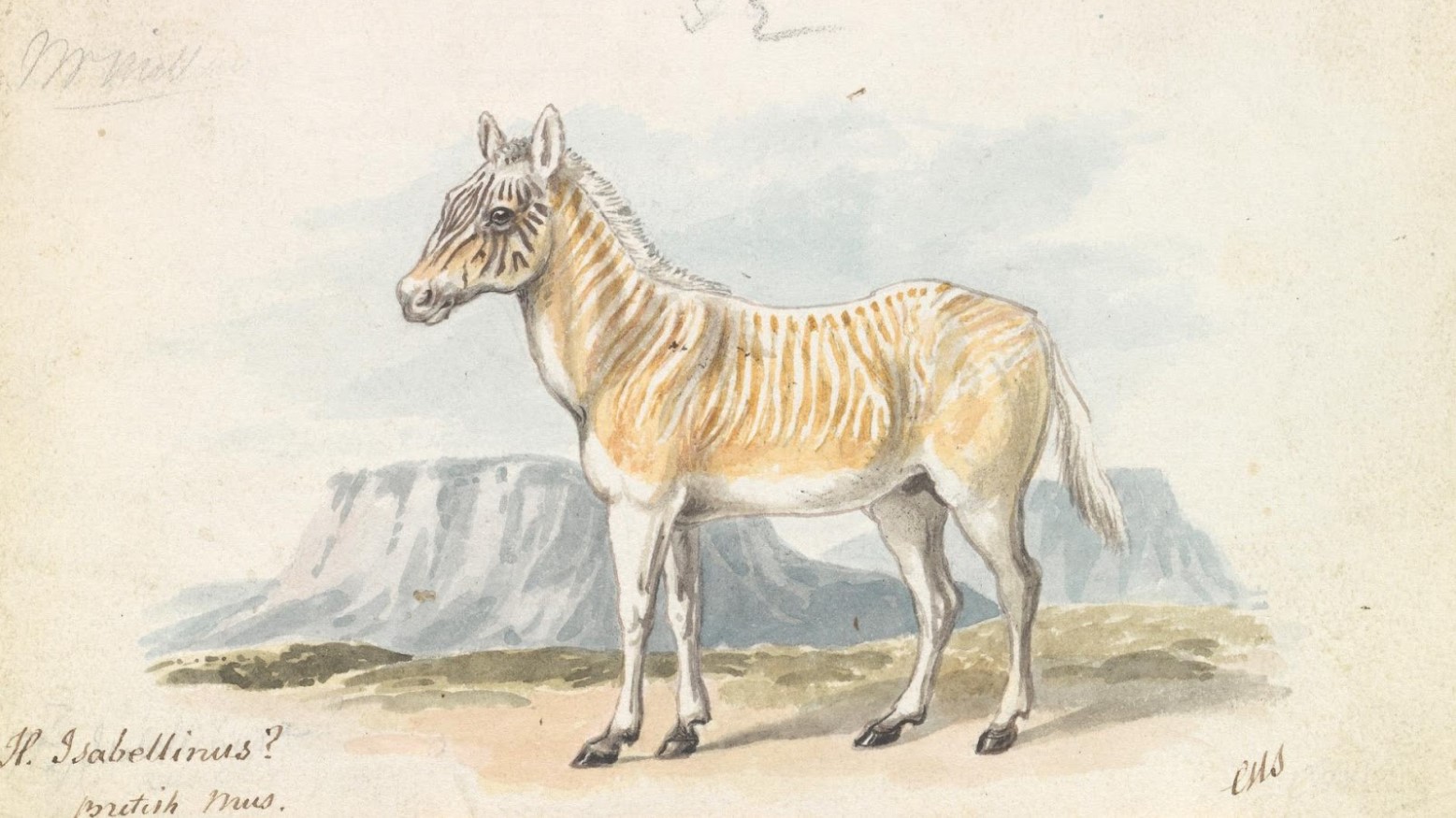
A zebra sub-species native to South Africa with unique half-body striping, the Quagga was hunted extensively for its hide and meat.
It became extinct in the wild by the late 1870s and the last captive specimen died in 1883. Interestingly, the Quagga was the first extinct animal species to undergo DNA analysis, creating interest in the technical viability of potentially restoring extinct species.
Ivory-Billed Woodpecker
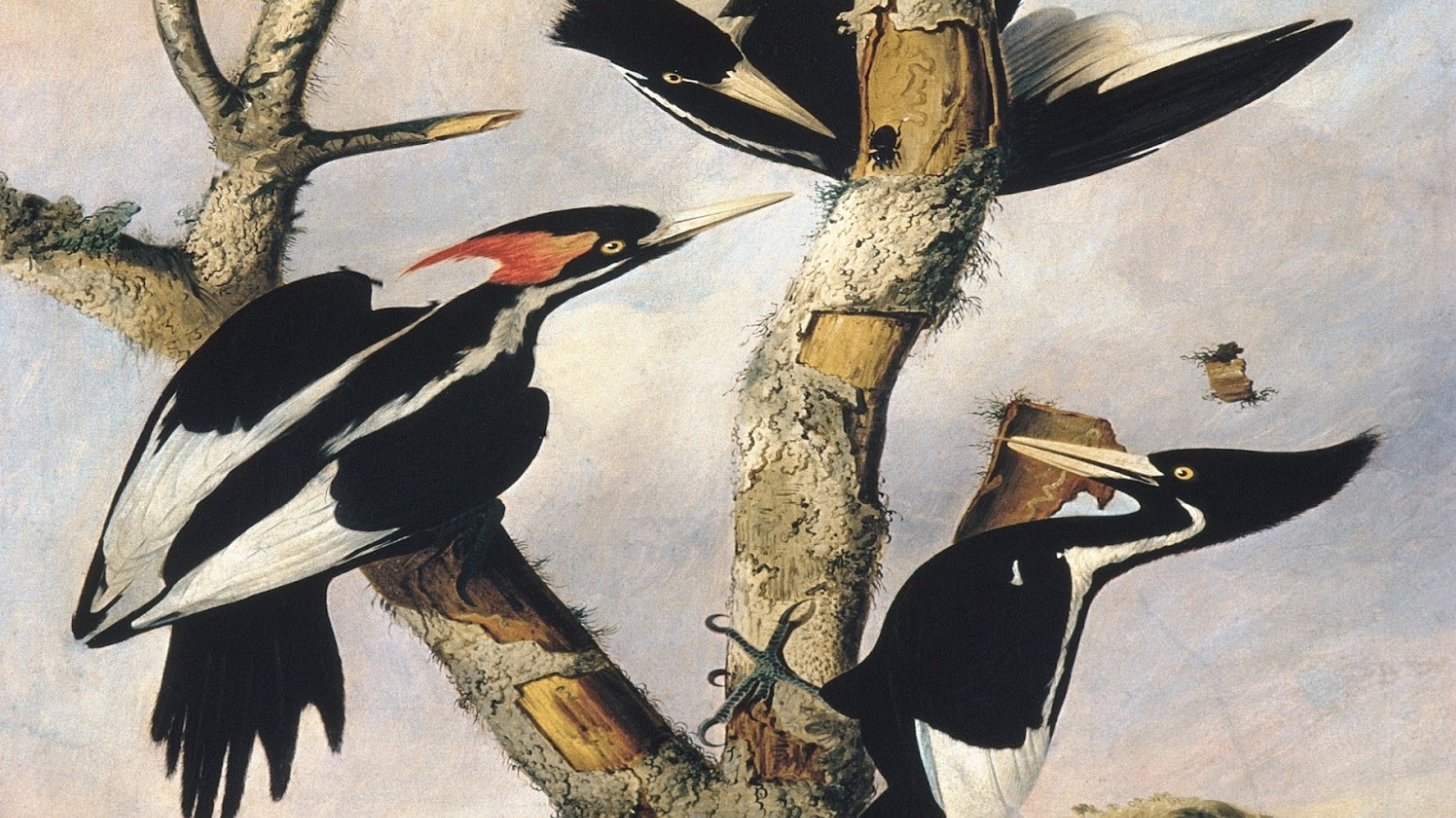
Once a thriving species in the southeastern forests of the U.S., the destruction of old-growth forests for logging led to the decline of the Ivory-Billed Woodpecker.
Despite some unverified sightings of the bird being reported since the 1940s, the species is now considered extinct. Conservationists continue to search, though, in hopes of rediscovering the species.
Caribbean Monk Seal
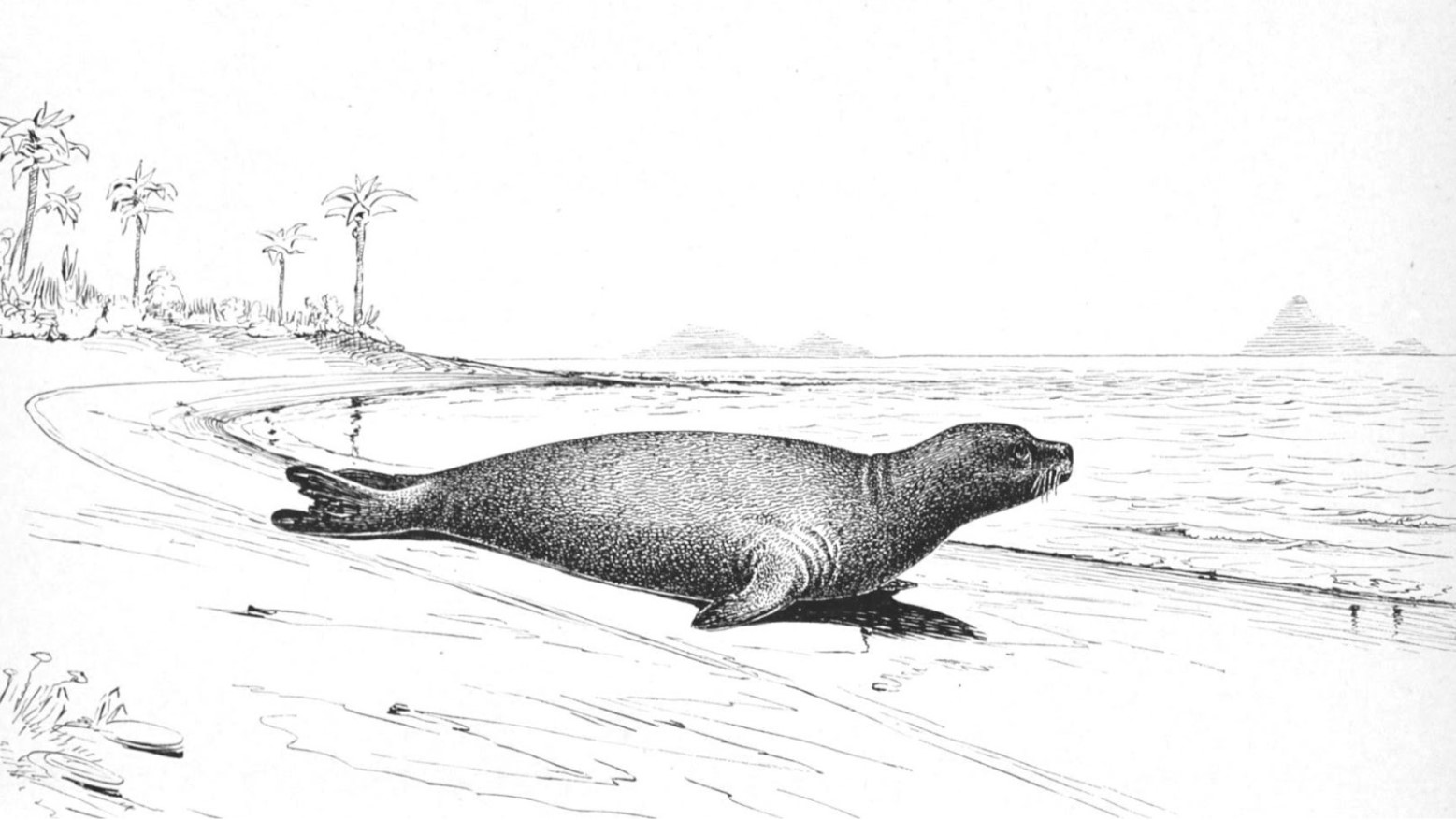
The Caribbean Monk Seal became the first seal species in the New World to become extinct. It was once found throughout the Caribbean Sea and the Gulf of Mexico.
Human disturbance, habitat degradation and extensive hunting for its oil led to the seal’s extinction. The last official sighting of a Caribbean Monk Seal was in 1952, and it was declared extinct in 2008.
Pyrenean Ibex
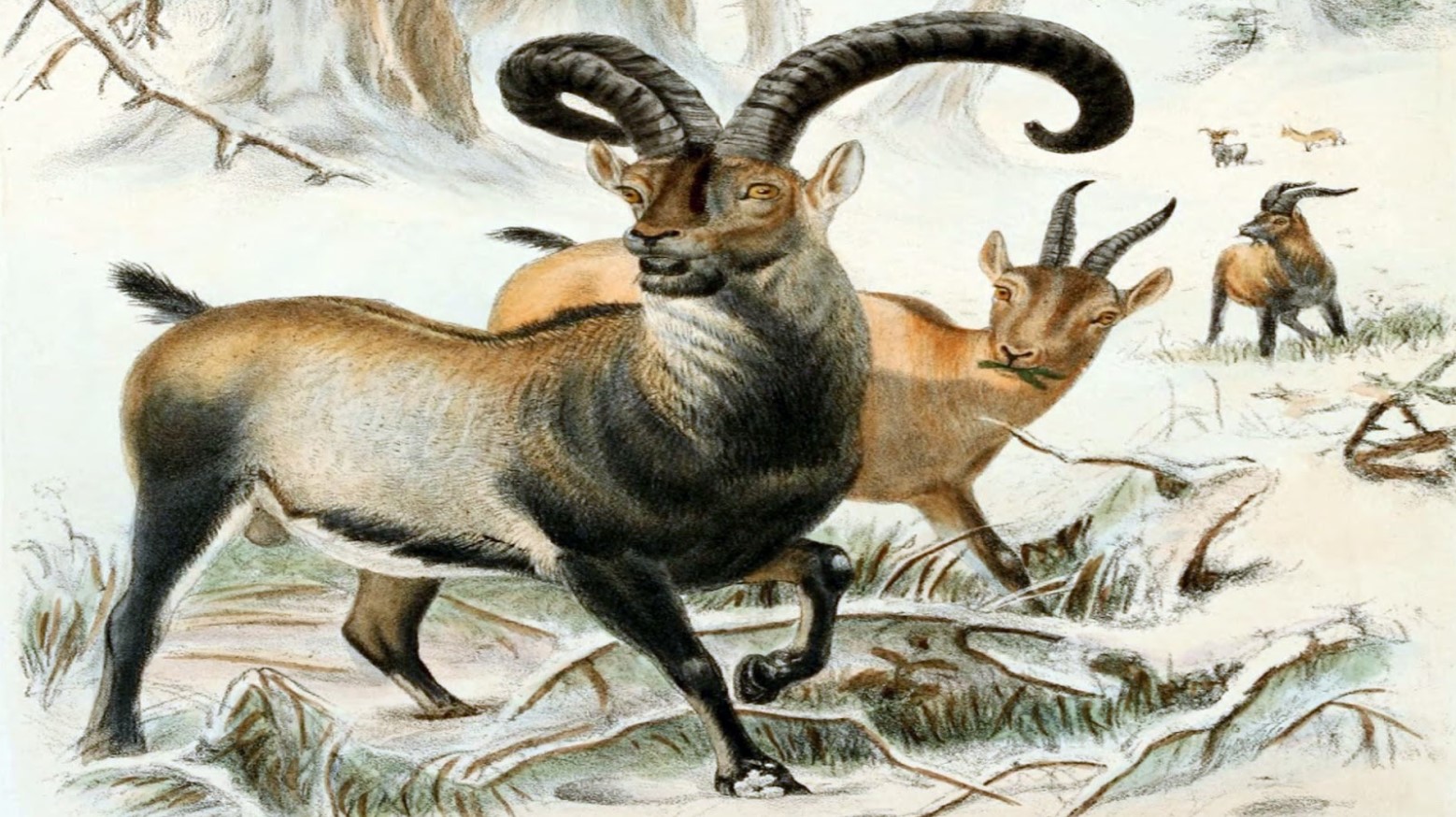
As its name suggests, the Ibex was native to the Pyrenees mountains of France and Spain.
It suffered from extensive habitat fragmentation and hunting. Despite conservation efforts, the last known remaining specimen died in 2000. A cloning experiment briefly resurrected the species in 2009, but the clone died shortly after birth owing to genetic defects.
Pinta Island Tortoise
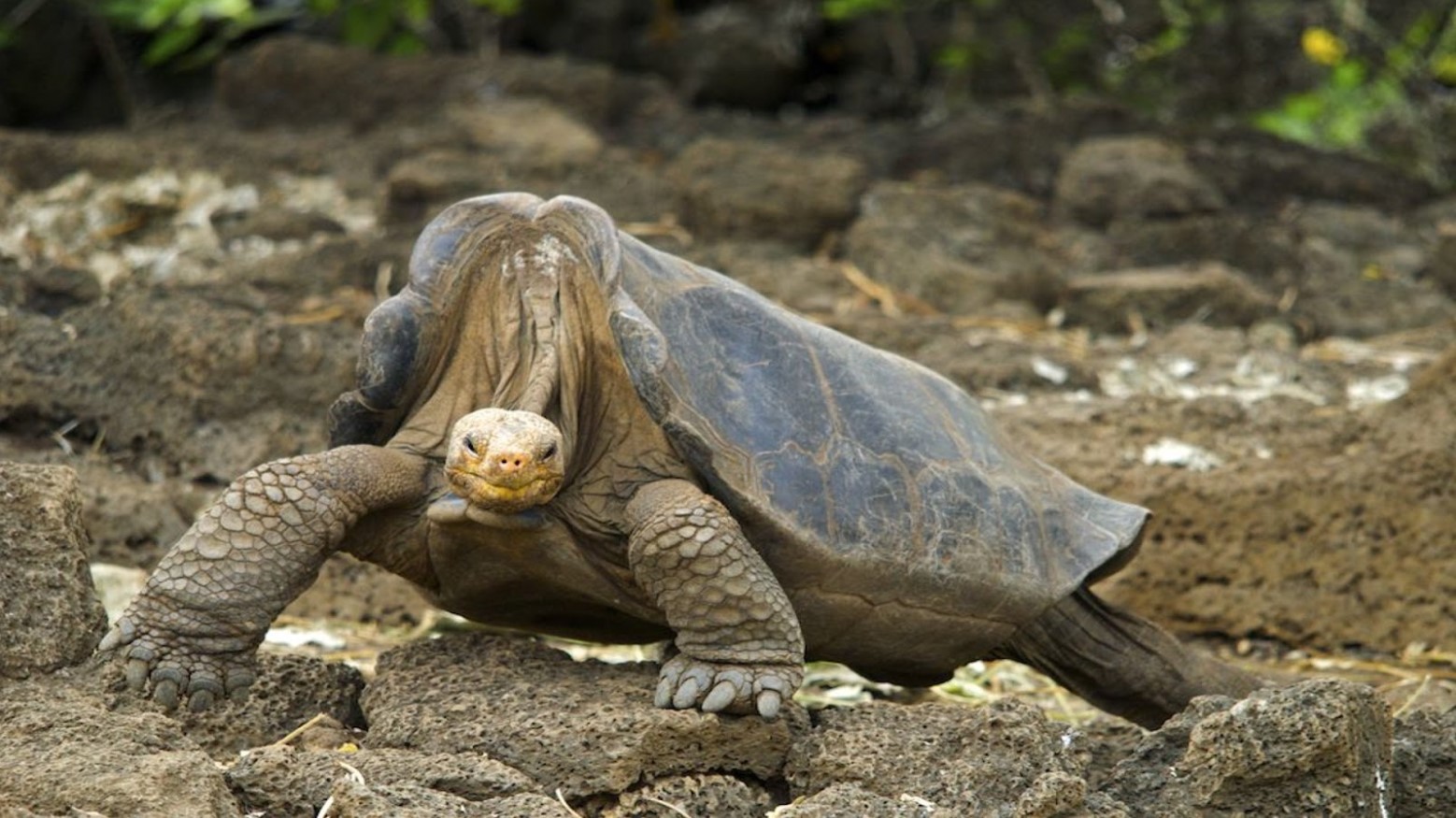
This tortoise species native to the Galapagos Islands saw its population decimated by whalers and other human encroachers who exploited them for food. The introduction of invasive species also severely impacted their habitat.
Efforts were made to find a mating partner for the last known tortoise, Lonesome George, in an attempt to repopulate the species. When George died in 2012, the species was officially extinct.
The Impact of Extinction
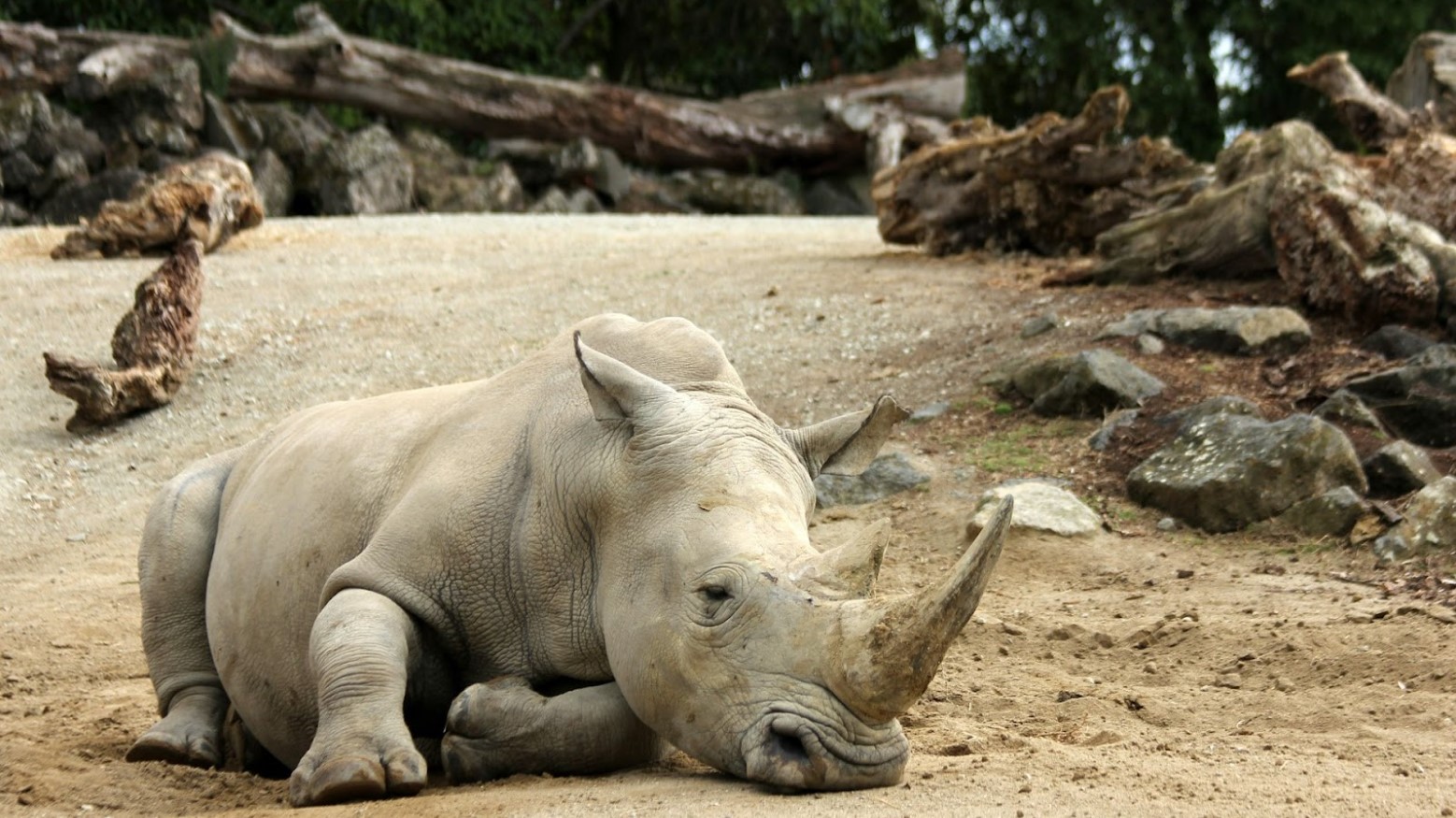
The loss of the animals detailed here highlights the impact of humanity and how our expansions have affected the natural world. It’s important to learn from the lessons of the past.
Nowadays, we try to be more responsible with how we hunt and do what we can to lessen our impact on natural habitats. But our efforts are far from perfect. If we’re not careful, some of the species that we take for granted today could join this list of animals that once roamed the Earth but no longer do so.
